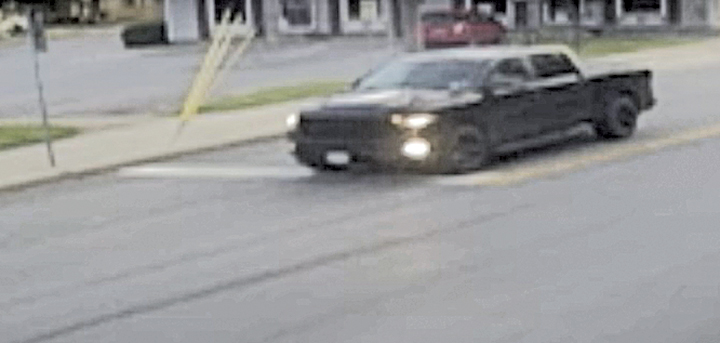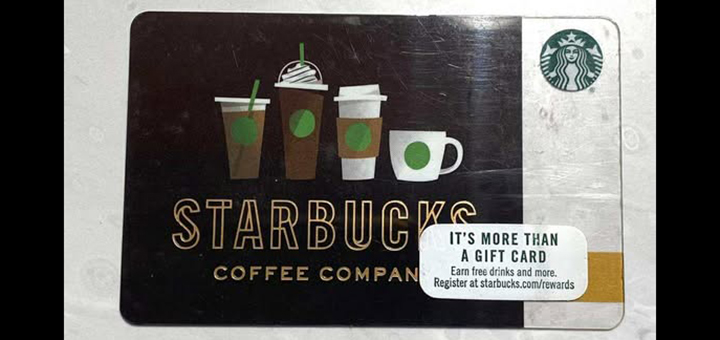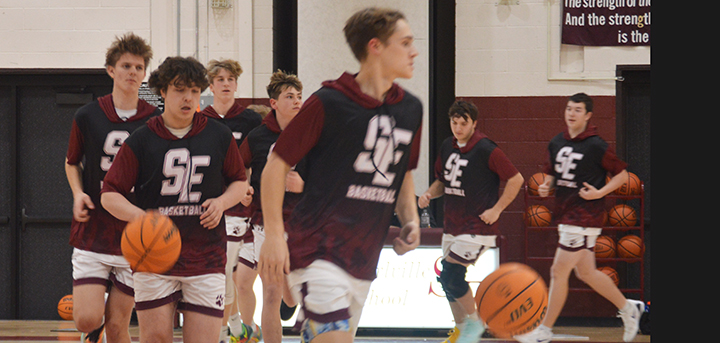Hunting with a conscience: Let the little ones go
I remember how proud I was of my first buck. I never expected how drastically my opinion would change over time.
When we first start hunting, it seemed like shooting a deer was almost impossible. Most hunters begin their hunting with no standards. This is understandable, and not a big deal to me. A deer is a deer to most first-timers and to some misinformed hunters. It's the uneducated and careless hunters that I have a problem with.
I was once told by an old timer, “You will never shoot a good one if you shoot an alright one, and you will never shoot a great one if you shoot a good one.”
Passing on smaller deer is seen by most hunters as a trophy hunting mentality, although, most pass on a deer out of an understanding of conservation and preservation.
My first buck was a small two-point. He would have been a four, but was missing a horn. I was so happy to finally get one. I missed several, and saw many that were able to elude me. I remember not caring how big the deer was, just that I had got one. Everyone around me shot the first one that walked by. Back then, a button buck was fair game. What brought people to the point of shooting babies and being proud of it?






Comments